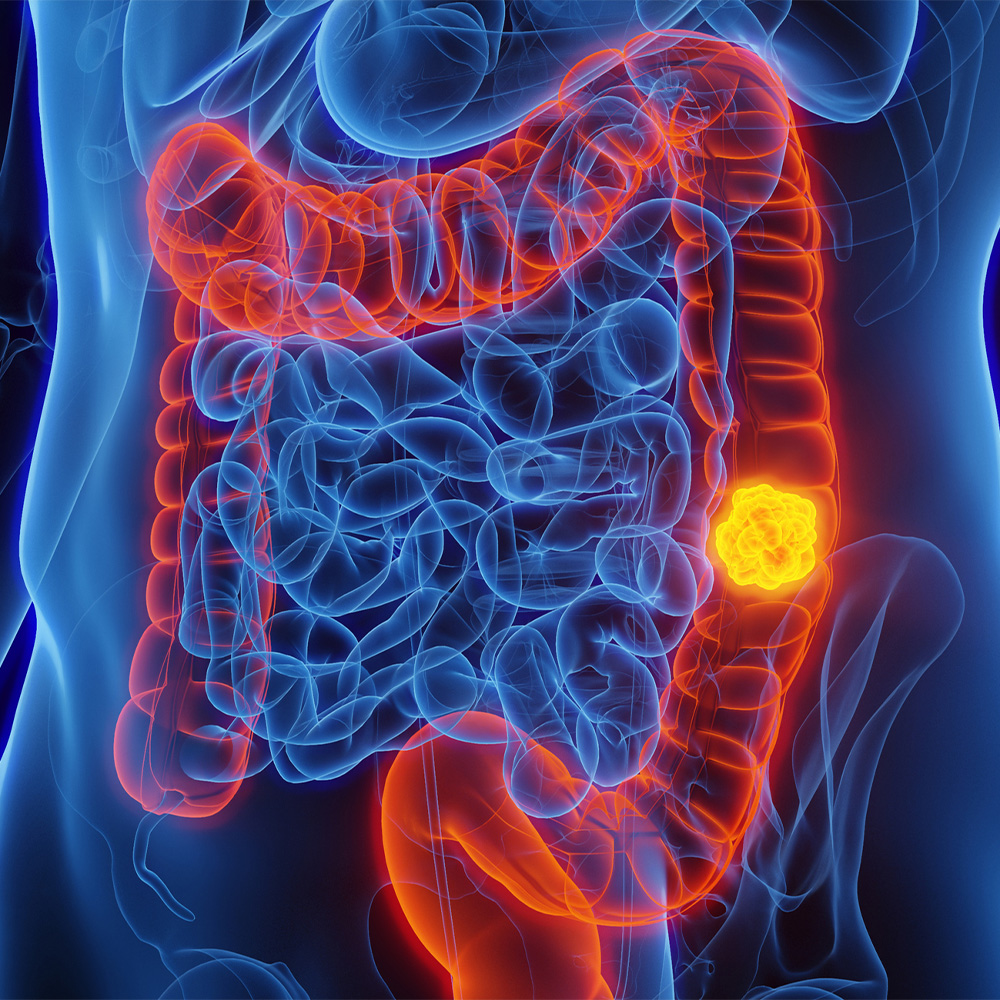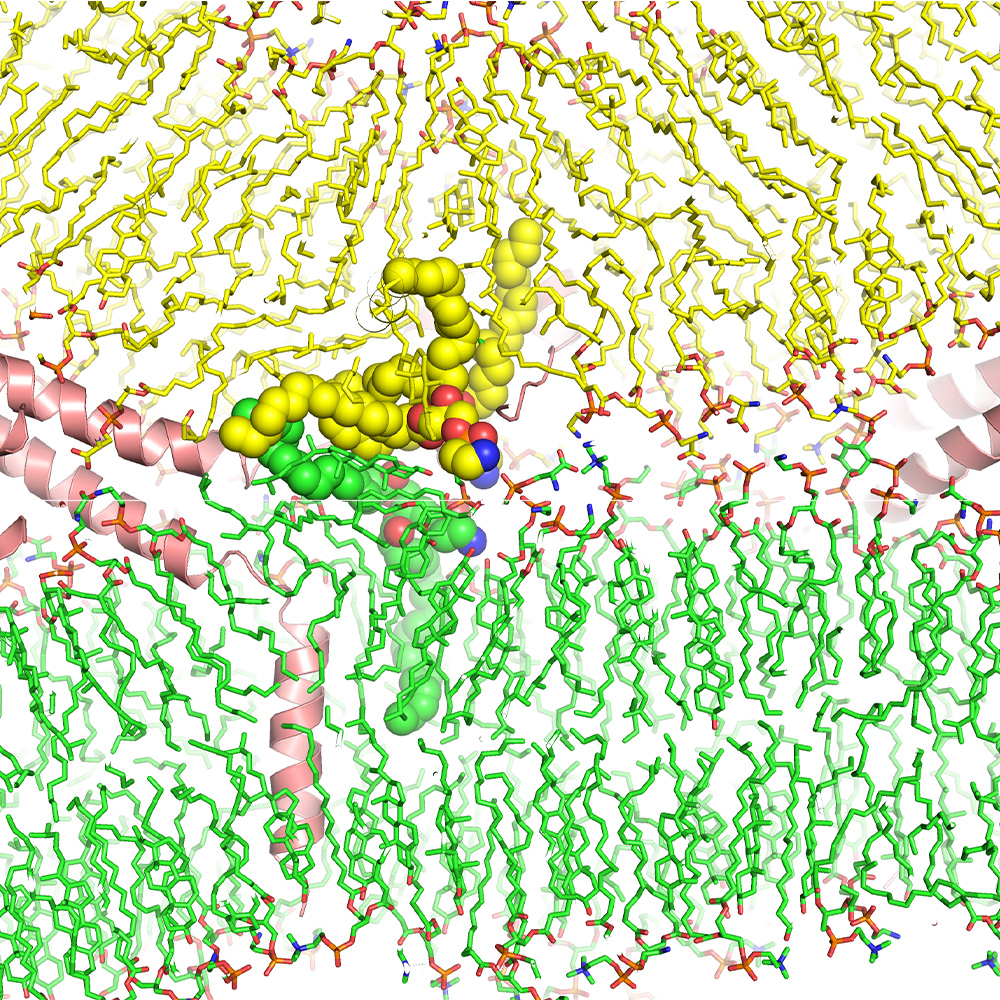Injection that destroys fat cells may offer option to surgery for double chin

DALLAS – August 4, 2015 – UT Southwestern Medical Center plastic surgeons have a non-surgical approach to treating “double chins” − the moderate-to-severe fat below the chin using an FDA-approved drug that when injected into tissue destroys fat cells.
The drug, called deoxycholic acid or Kybella, physically destroys the cell membrane when injected into tissue as a way to eliminate what is often referred to as a double chin. After successful clinical trials, Kybella was recently approved by the Food and Drug Administration to use as a non-surgical option.
“Kybella is identical to a deoxycholic acid, which is naturally produced by the body to absorb fat. Kybella takes advantage of that fat-destroying activity to help eliminate the fat below the chin,” explained Dr. Jeffrey Kenkel, Professor and Interim Chairman of Plastic Surgery, who has begun performing the procedure in Dallas. “This provides a new option to consider for those who are not ready for a surgical fix, but are looking for an answer as to how to get rid of fat beneath the chin.”
According to a consumer survey by the American Society for Dermatologic Surgery, 68 percent of respondents were concerned about excess fat under the chin and neck. Fifty-two percent of the more than 8,300 respondents to the 2014 ASDS Consumer Survey on Cosmetic Dermatologic Procedures indicated they were considering a cosmetic skin procedure to improve their appearance.
The procedure, available on an outpatient basis, involves a handful of injections into the fat. As many as 20 to 30 injections can be made in a single treatment, with most patients being treated somewhere between two and four times to achieve the desired outcome. Treatments are done no less than one month apart, according to the FDA guidelines. The number of treatments depends on the amount of fat and other factors determined during a consultation. The consultation also will help determine whether more traditional options such as liposuction or surgery would be more effective. The new drug is aimed at those with moderate to severe fat beneath the chin, Dr. Kenkel said.
“We will likely see a different patient type seeking treatment with Kybella. Those averse to surgery, including more men, will likely be interested in this new non-surgical treatment for the “double chin,” said Dr. Bardia Amirlak, Assistant Professor of Plastic Surgery.
In addition to Dr. Kenkel and Dr. Amirlak, UT Southwestern physicians trained to provide the injections will include Dr. Rod Rohrich, Professor of Plastic Surgery, Cell Biology, and Orthopaedic Surgery; Dr. Nicholas Haddock, Assistant Professor of Plastic Surgery and Orthopaedic Surgery; Dr. Jennifer Kargel, Assistant Professor of Plastic Surgery; Dr. Ron Hoxworth, Associate Professor of Plastic Surgery; and Dr. Jonathan Cheng, Associate Professor of Plastic Surgery and Biomedical Engineering.
Kybella is not intended for other chin related issues such as sagging skin or “turkey neck,” which may be addressed through other treatments.
The safety and effectiveness of Kybella for treatment of submental fat were established in two clinical trials that enrolled 1,022 adult participants with moderate or severe submental fat, according to the FDA. Participants were randomly assigned to receive Kybella or a placebo for up to six treatments, and the results showed that reductions in submental fat were observed more frequently in participants who received Kybella.
“The drug destroys cell membranes, so it’s important to have an experienced, board-certified physician for your procedure so the drug is properly injected into only the fat cells in a safe and effective manner. The drug can destroy other types of cells, so choosing the right doctor to perform the procedure is essential,” said Dr. Kenkel, who has been involved with developing the educational training for physicians around the country.
Kybella is not approved for and should not be used outside the submental (chin) area, Dr. Kenkel noted. The most common side effects of Kybella include swelling, bruising, pain, numbness, redness, and areas of hardness in the treatment area. More serious side effects can include nerve injury in the jaw that can cause an uneven smile or facial muscle weakness, as well as trouble swallowing.
Once excess fat is removed, patients may still need to consider removing excess skin. A neck lift is the traditional surgical treatment for removing skin as well as fat beneath the chin, a procedure known as a lower rhytidectomy or neck lift. The procedure can remove excess fat, skin relaxation in the lower face that creates jowls, and excess fatty deposits under the chin, as well as tighten loose neck skin and fix muscle banding in the neck.
Kybella is manufactured by Kythera Biopharmaceuticals Inc. based in Westlake Village, California. Dr. Kenkel reports receiving consulting fees from Kythera Biopharmaceuticals Inc.
About UT Southwestern Medical Center
UT Southwestern, one of the premier academic medical centers in the nation, integrates pioneering biomedical research with exceptional clinical care and education. The institution’s faculty includes many distinguished members, including six who have been awarded Nobel Prizes since 1985. The faculty of more than 2,700 is responsible for groundbreaking medical advances and is committed to translating science-driven research quickly to new clinical treatments. UT Southwestern physicians provide medical care in 40 specialties to about 92,000 hospitalized patients and oversee approximately 2.1 million outpatient visits a year.
###
Media Contact: Remekca Owens
214-648-3404
remekca.owens@utsouthwestern.edu
To automatically receive news releases from UT Southwestern via email, subscribe at www.utsouthwestern.edu/receivenews.




